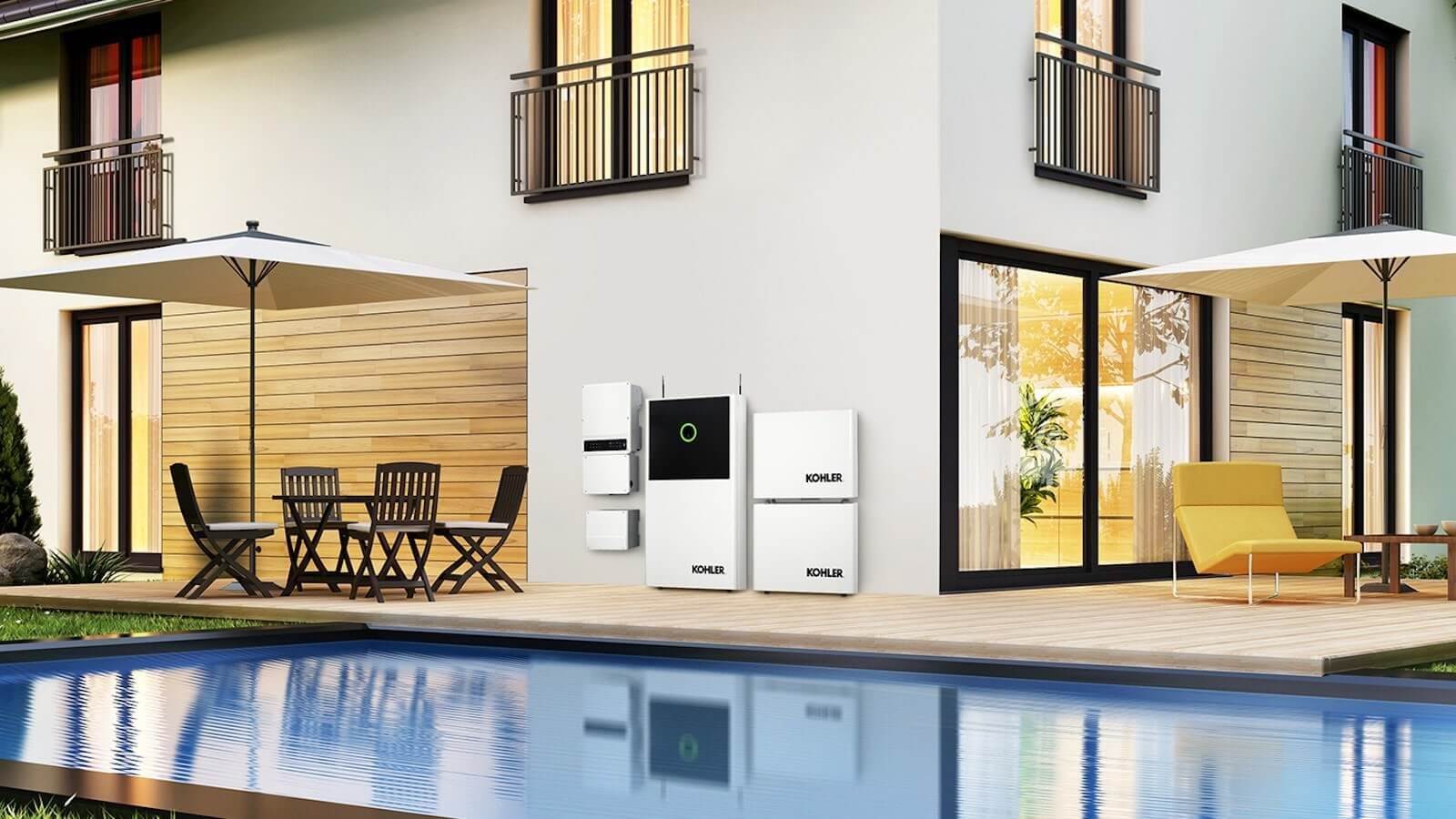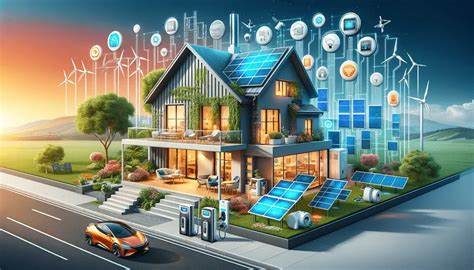As energy costs continue to climb, more and more homeowners are actively seeking effective ways to cut down on their energy usage and reduce monthly utility bills. One of the most efficient and forward-thinking approaches to achieving this is through the integration of smart home technology. These innovative systems offer a wide range of energy-saving features—from automated lighting and smart thermostats to energy-efficient appliances—that help optimize power consumption without sacrificing comfort or convenience.

A particularly transformative advancement in this space is the rise of Voice-Controlled Smart Homes with Alexa and Google Assistant. These platforms allow users to manage energy use effortlessly through simple voice commands, enabling them to adjust lighting, control heating or cooling systems, and power down unused devices with ease. This level of control not only enhances day-to-day convenience but also promotes more mindful energy use, leading to long-term cost savings.
By combining automation with intelligent voice control, smart home systems empower users to take a proactive role in managing their household energy consumption. Whether it’s scheduling appliances to operate during off-peak hours or setting up routines that reduce energy waste, these technologies make it easier than ever to maintain an energy-efficient home
Smart Home Solutions for Energy Savings
Smart home technology offers a variety of solutions designed to enhance energy efficiency and reduce utility costs. Here are some of the most impactful smart devices that contribute to a more sustainable and cost-effective home environment:

- Smart Thermostats – These intelligent devices go beyond simple temperature control. They learn your daily routines, preferences, and even local weather patterns to automatically adjust the indoor climate. By optimizing heating and cooling schedules, smart thermostats help significantly reduce energy waste while maintaining comfort.
- Smart Lighting Systems – Smart lighting allows you to automate lighting schedules or control lights remotely through a smartphone or voice assistant. You can set lights to turn off when rooms are unoccupied or dim them according to the time of day. This not only saves energy but also extends the life of your light bulbs.
- Smart Appliances – Energy-efficient smart appliances such as refrigerators, dishwashers, and washing machines can be scheduled to run during off-peak hours when electricity rates are lower. Many models also offer diagnostic features that help detect inefficiencies and reduce unnecessary energy usage.
- Smart Power Strips – Unlike traditional power strips, smart power strips can detect when devices are in standby mode or no longer in use, automatically cutting off power to those outlets. This helps minimize phantom energy consumption and lowers electricity bills over time.
- Solar Panels – Integrating solar panels into your home allows you to generate clean, renewable energy and reduce your dependence on the electrical grid. When paired with smart energy management systems, solar panels can power your home more efficiently, store excess energy, and even contribute to the grid during peak times.
- While these technologies provide substantial benefits, it’s equally important to consider cybersecurity. As more devices become interconnected, protecting your smart home from digital threats is crucial. How to Secure Smart Home Devices from Hackers offers essential guidance on safeguarding your systems. From setting strong passwords and enabling two-factor authentication to keeping firmware updated and securing your Wi-Fi network, following best practices ensures your energy-saving smart devices also maintain your privacy and data security.
Benefits of Smart Energy-Saving Solutions
Smart energy-saving solutions can provide a number of benefits, including:

- Smart home technology offers a wide range of advantages that go beyond convenience, making it a valuable investment for homeowners aiming to enhance their quality of life while also contributing to environmental sustainability. Here’s a closer look at the key benefits of integrating smart systems into your home:
- Lower Energy Bills – One of the most immediate and noticeable benefits of smart home technology is the reduction in energy costs. Devices such as smart thermostats, lighting systems, and energy-efficient appliances help you monitor and manage your energy usage more effectively. By optimizing when and how electricity is used, these systems minimize waste, ultimately lowering your monthly utility expenses.
- Enhanced Comfort – Smart home systems allow you to personalize your living space according to your preferences. Smart thermostats can automatically adjust the indoor temperature based on your daily routines or external weather conditions, while smart lighting can create mood-based ambiances or respond to your schedule. These features work together to create a more pleasant, comfortable environment tailored to your lifestyle.
- Environmental Impact – Embracing smart technology also contributes to a greener planet. By using energy more efficiently and incorporating renewable energy sources like solar panels, homeowners can reduce their reliance on fossil fuels. This results in a smaller carbon footprint and supports global efforts to combat climate change.
- Peace of Mind – Knowing that your home is operating efficiently and responsibly offers a sense of reassurance. With real-time monitoring and remote access, you can check your energy usage, receive alerts about unusual activity, and make immediate adjustments—whether you’re at home or away.
- Inclusive Living – Smart home advancements also open new doors for accessibility and independence. Smart Home Solutions for People with Disabilities showcase how tailored technologies—such as voice-controlled systems, automated doors, and customizable alerts—can empower individuals with mobility, vision, or hearing impairments to navigate and control their living spaces with greater ease. These inclusive features not only improve day-to-day comfort but also foster a sense of autonomy and dignity.
- Together, these benefits illustrate how smart home systems not only reduce costs and support sustainability but also create a more inclusive, comfortable, and worry-free living experience for everyone.
Tips for Implementing Smart Energy-Saving Solutions
- Start with a few devices: Begin by adding a few basic devices, such as a smart thermostat or smart lighting system.
- Monitor your energy usage: Use a smart home energy monitor to track your energy consumption and identify areas for improvement.
- Take advantage of rebates and incentives: Many utilities offer rebates and incentives for homeowners who install energy-efficient devices.
Conclusion
Smart home technology offers a number of energy-saving solutions that can help homeowners reduce their energy consumption and save money. By implementing these solutions, you can create a more energy-efficient and sustainable home.